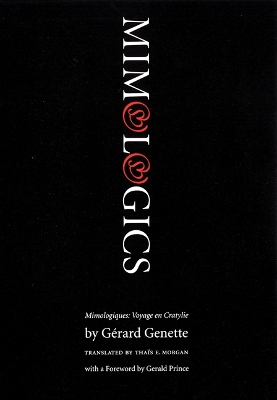Stages
2 total works
By definition, a palimpsest is "a written document, usually on vellum or parchment, that has been written upon several times, often with remnants of erased writing still visible." Palimpsests (originally published in France in 1982), one of Gerard Genette's most important works, examines the manifold relationships a text may have with prior texts. Genette describes the multiple ways a later text asks readers to read or remember an earlier one. In this regard, he treats the history and nature of parody, antinovels, pastiches, caricatures, commentary, allusion, imitations, and other textual relations. Gerard Genette is one of the most original and influential literary critics of modern France. He is the major practitioner of narratological criticism, a pioneer in structuralism, and a much-admired literary historian. Such works as Narrative Discourse and Mimologics (Nebraska 1995) have established his international reputation as a literary theorist of the first order.
Do words-their sounds and shapes, their lengths and patterns-imitate the world? Mimology says they do. First argued in Plato's Cratylus more than two thousand years ago, mimology has left an important mark in virtually every major art and artistic theory thereafter. Fascinating and many-faceted, mimology is the basis of language sciences and incites occasional hilarity. Its complicated traditions require a sure grip but a light touch. One of the few scholars capable of giving mimology such genial attention is Gerard Genette. Genette treats matters as basic and staid as the alphabet and as reverberating as the letter R in ur-linguistics. Genette has emerged as one of the two or three chief literary critics of modern France. He is the major practitioner of narratological criticism, a pioneer in structuralism, and a much admired literary historian. His single most important book, Mimologics bridges mainstream literary history and Genette's expertise in critical method by undertaking an intensive study of the most vexed of literary problems: language as a representation of reality. Deeply learned, the book draws upon the traditions-both sane and eccentric-of philosophy, linguistics, poetics, and comparative literature.

